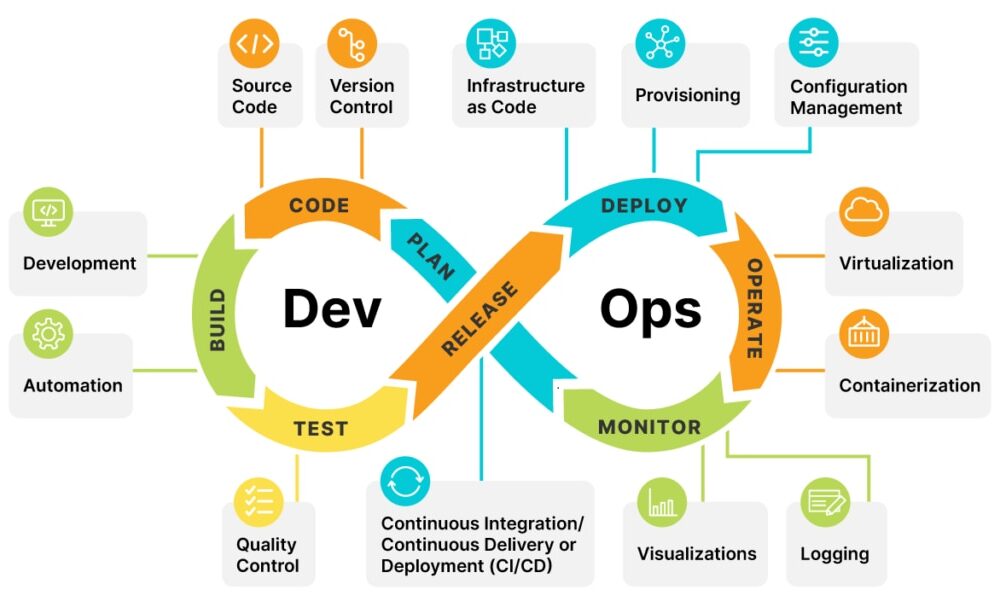Revolutionizing Software Development: The Impact of DevOps on the SDLC

DevOps, an innovative approach combining software development (Dev) and information-technology operations (Ops), has revolutionized the way software is developed, deployed and maintained. This methodology emphasizes collaboration, automation, continuous integration (CI), continuous delivery (CD) and quick feedback cycles. It aims to shorten the development lifecycle, enhance deployment frequency and ensure the creation of high-quality software that meets customer needs efficiently. This article delves into how DevOps impacts the software development lifecycle (SDLC), highlighting its transformative effects on various stages, from planning to maintenance.
Enhanced Collaboration and Communication
One of the primary impacts of DevOps consulting Boston on the SDLC is the fostering of a culture of collaboration and communication between developers and IT operations teams. Traditionally, these teams worked in silos, often leading to conflicts, delays and blame games when issues arose. DevOps breaks down these barriers by promoting a shared responsibility for the software’s success. This synergy not only accelerates the development and deployment processes but also ensures that the final product is more aligned with user requirements and quality standards.
Continuous Integration and Continuous Delivery
Continuous Integration (CI) and Continuous Delivery (CD) are cornerstones of the DevOps philosophy. CI entails the frequent integration of code changes into a shared repository, where automated builds and tests are run. This practice helps in identifying and fixing integration errors quickly, improving software quality and reducing the time to release new updates. CD extends CI by automating the delivery of applications to selected infrastructure environments. This automation ensures that the software can be reliably released at any time, enhancing the agility of the deployment process and enabling a faster response to market demands.
Accelerated Time to Market
By integrating development and operations activities and automating the SDLC, DevOps significantly reduces the time required to bring software products to market. Automation of repetitive tasks, such as code integrations, testing and deployments, eliminates manual errors and reduces delays. The ability to quickly release new features and fixes improves competitiveness and customer satisfaction, as businesses can rapidly adapt to changes in market conditions and customer preferences.
Increased Deployment Frequency and Reliability
DevOps practices lead to an increase in deployment frequency, with organizations able to release updates multiple times a day. This is a stark contrast to traditional models, where releases might happen every few months or even years. More frequent deployments mean that changes are smaller and more manageable, reducing the risk of major failures. Automated testing and monitoring ensure that any issues are detected and addressed early, maintaining the stability and reliability of the software in production environments.
Improved Feedback Loops and Rapid Issue Resolution
DevOps emphasizes the importance of continuous feedback throughout the SDLC. Real-time monitoring and logging tools provide valuable insights into application performance and user experiences. This immediate feedback allows teams to quickly identify and rectify issues, often before they impact the end-user. Additionally, the close collaboration between development and operations teams facilitates a deeper understanding of operational challenges, leading to more robust and resilient software solutions.
DevOps has fundamentally changed the landscape of software development, bringing about a paradigm shift in how organizations approach the SDLC. By adopting DevOps practices, organizations can not only enhance their operational efficiency and software quality but also achieve a competitive edge in today’s fast-paced digital world.






